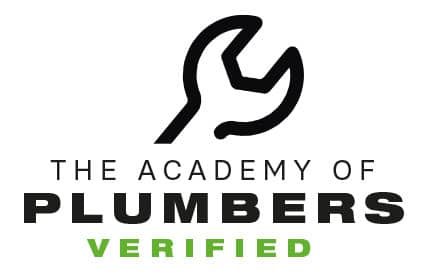As the temperatures continue to rise in the Lowcountry, Transworld, Inc. wants to make sure everyone stays safe and hydrated while working outside. Many jobs require outside labor and educating your employees on how to stay cool and well-hydrated is the best way to protect them in these hot environments.
What are the risks?
There are many risk facts that may affect an individual’s heat tolerance and we have listed some below. **
All workers should discuss their individual risk factors with their employees and healthcare provider.
- High air temperature
- Humidity
- Direct sun exposure
- Indoor radiant heat source? (ovens, hot manufacturing processes, ect.)
- Limited air movement
- Physical exertion
- Not drinking enough fluids (hydration)
- Personal protective equipment or clothing
- Certain medications
- Physical condition
- Lack of recent exposure (not acclimated)
- Advanced age (65+)
How can you stay hydrated?
NIOSH recommends that for moderate activity in moderate conditions, each worker should drink 1 cup of water for every 15-20 minutes. Workers should drink water frequently before becoming thirsty in order to maintain good hydration. Employers can help by providing workers with plenty of water in convenient locations that are close to the work site. Also, paying attention to urine colors can help determine if you are hydrated. The darker the urine, the more likely your body is dehydrated.
Don’t forget to keep cool!
Even when your body is at rest, you are internally producing heat through metabolism and during physical exertion your muscles begin to produce even more heat at a much faster and high rate. This increased heat production can result in an increase in body temperature, which can be difficult to control. This is why it is extremely important that you develop ways to cool down your body before it reaches these dangerous rates. Here are some tips on how you can cool down your body and help maintain core temperatures.
- Take regular breaks
- Take breaks in shaded or air conditioned areas
- Monitor weather reports and schedule work for cooler times of the day if possible
- Use reflective clothing, water-dampened cotton clothing, and cooling vest with pockets for cold packs
For additional information on heat stress, heat illness, and hot environments we recommend visiting the CDC’s website HERE.



